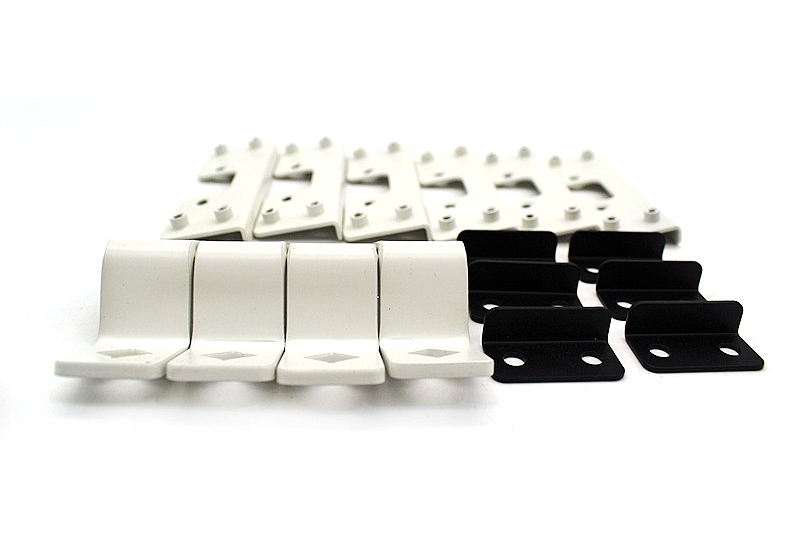What materials can be bent using custom metal bending?
Introduction
Custom metal bending is a core forming process that reshapes metal sheets, plates, and profiles without removing material. In engineering practice, the choice of material significantly influences bendability, springback behavior, tooling load, and the final part's performance. When supported by advanced processes such as metal bending, modern bending equipment can handle a broad spectrum of alloys used in structural, aesthetic, and high-performance applications.
Metals Commonly Used for Precision Bending
Many materials perform exceptionally well in bending when paired with high-quality fabrication workflows such as sheet metal fabrication and downstream shaping. Aluminum alloys, including variants such as cast aluminum and die-casting grades like A356, are widely used due to their ductility and low forming resistance. Similarly, high-strength steels—including carbon steel families and stainless options like cast stainless steel—offer excellent mechanical integrity while maintaining workable bend radii when processed correctly.
Copper-based materials, such as copper alloys, are frequently selected for electrical and thermal applications that require tight-radius bending. Lightweight metals, such as magnesium alloys, also perform well with controlled forming parameters.
Materials Used for High-Performance or Specialized Bending
Applications in precision industries often require materials that strike a balance between strength and formability. Nickel-based superalloys are one example, particularly those listed under the category of nickel-based alloys, which can be bent when preheated or processed under controlled conditions. For advanced assemblies or prototypes, bending may accompany earlier forming steps such as prototyping or supporting parts created through CNC machining prototyping.
Materials produced by molding routes—such as components originating from powder pressing molding with alloys like tool steel—may be bent after sintering if their design permits. However, plastics and polymers used in plastic injection molding are not typically processed through metal bending but may be integrated with metal parts in hybrid assemblies.
Surface Treatments Supporting Bend Performance
Surface finishing processes are often applied after bending to improve durability. Coatings, such as powder coating, protect bent steel brackets from corrosion. Thin-film processes, such as PVD, enhance the aesthetic appeal of metal shells in consumer products. In cases where high-stress bending is needed, processes such as heat treatment may be applied before or after forming to adjust ductility or hardness.
Industry Applications
Numerous sectors rely on custom bending. In automotive, body structures, brackets, and battery enclosures require precise bend consistency. The aerospace sector depends on bent high-performance alloys for lightweight structural frames. For high-volume consumer components, industries such as consumer electronics rely on bent metal housings, shielding plates, and internal brackets.
Conclusion
Custom metal bending is compatible with a wide range of materials, including aluminum, stainless steel, copper alloys, magnesium, and selected nickel-based superalloys. Paired with the right surface finishing and pre-processing, bending serves as a versatile and reliable manufacturing technique across modern industries.



